Rashmi Rekha Das
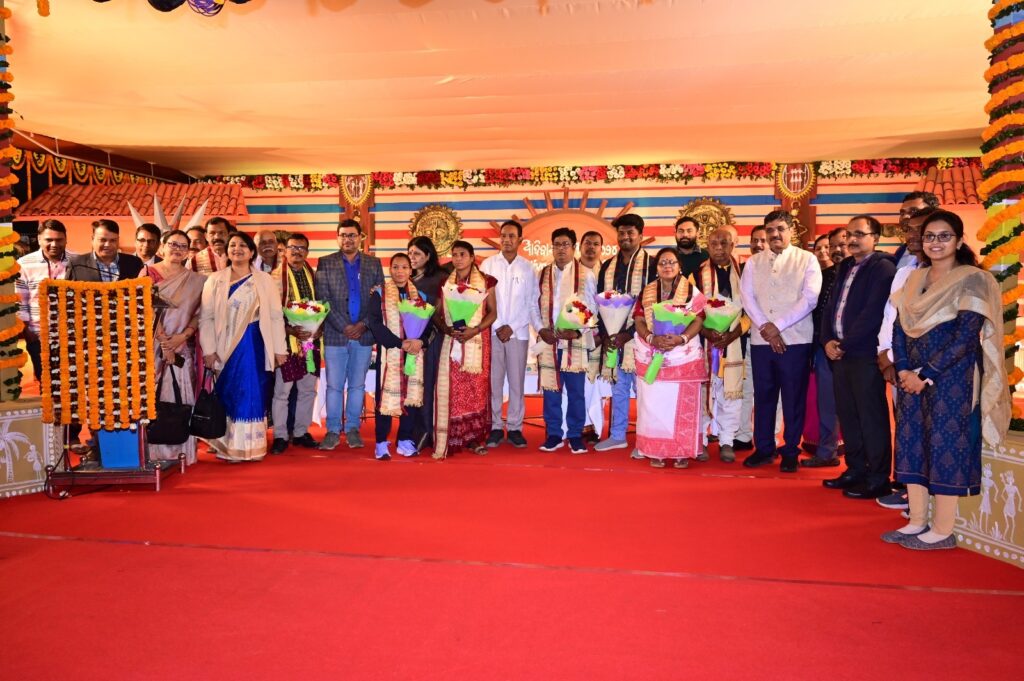
The fortnight-long Adivasi Mela is turning out to be a major crowd puller with city dwellers rushing to the fair ground in huge number to have a glimpse of the lifestyle of tribal people. In short, tribal life enthusiasts are experiencing the real feel of tribal way of life.
Organised by the Ministry of Tribal Affairs in collaboration with the Scheduled Castes and Scheduled Tribes Research and Training Institute (SCSTRTI), Odisha, the fascinating fair not only offers the unique products produced by the tribal people, but also showcases their culture and lifestyle.
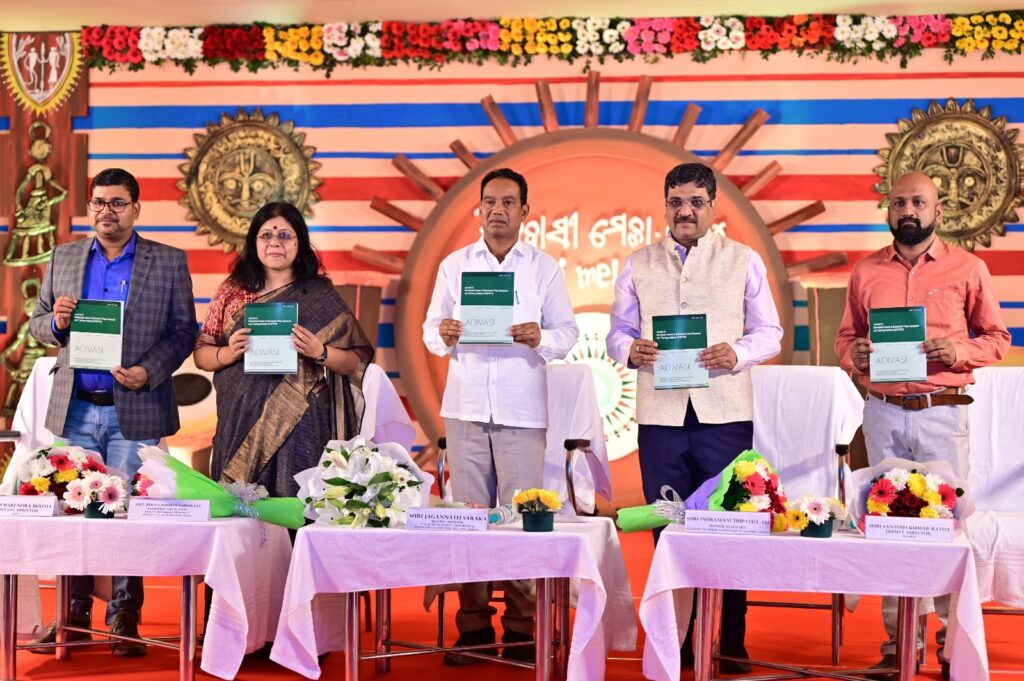
Starting from tribal food products, tribal art and craft, tribal and forest products, tribal dance and music, city dwellers are leaving no stones unturned in enjoying the fair to the fullest. Also, the festival features gripping music, dance, and cultural performances by indigenous people to enchant the crowd.
According to sources, the annual tribal fair came into being in 1951 and it was initially held in Cuttack. Later, the venue of the festival was shifted to Bhubaneswar in 1954. Since 1954, the state capital has been holding the annual tribal fair with a bang.
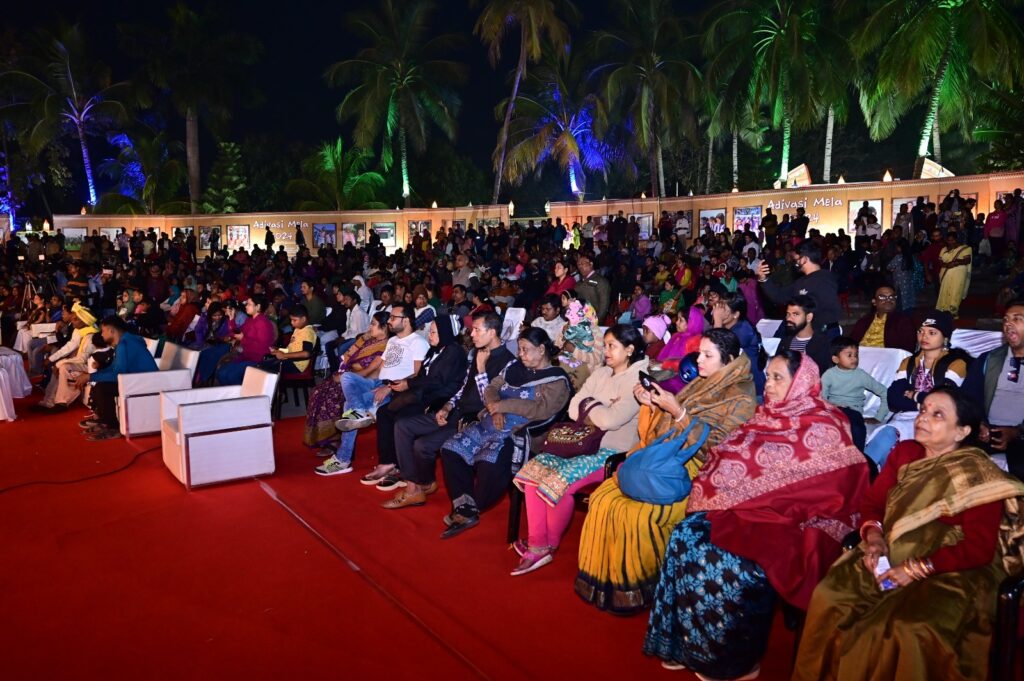
Keeping huge public rush in mind, police forces have been deployed at the venue to maintain law and order situation. Besides, closed circuit television cameras have been installed at several places of the ground for the safety purpose of the visitors and these cameras have been connected with police control rooms.
That’s not all. The Odisha government has opened casualty centre and Jana Swastya Kendra to attend visitors who fall sick there. Also, fire extinguishers have been installed for safety reasons of public.
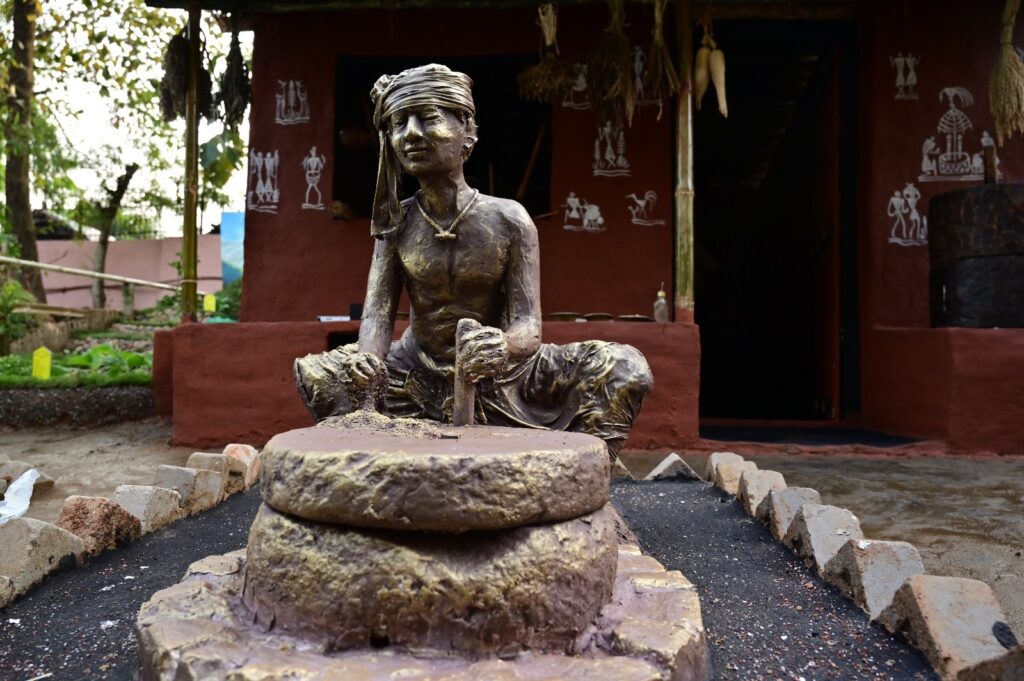
Huts set up by the tribals exhibiting the lifestyle and culture of various tribal communities and Particularly Vulnerable Tribal Groups (PVTGs) have been attracting visitors. This year, the tribal huts such as Kutia Kandha, Santhal, Paudi Bhuyan, Hill Khadia, Juanga Munda, Gadaba, Dongria Kandha, Lanjia Saora, Bonda, and Chuktia Bhunjia are being exhibited. Tribal art & crafts and Tribal Haat are special features of the carnival.
As many as 107 stalls presenting wide variety of natural products ranging from exotic spices to herbs, cereals, ayurvedic medicines, bamboo shoots, poultry products, metal craft, jewellery, cane and bamboo products, textiles, terracotta, stone work, pottery and other arts and crafts from tribal belts across the state are being displayed. Without exaggeration, it can be said that the exhibition is nothing less than a treasure trove for city dwellers.
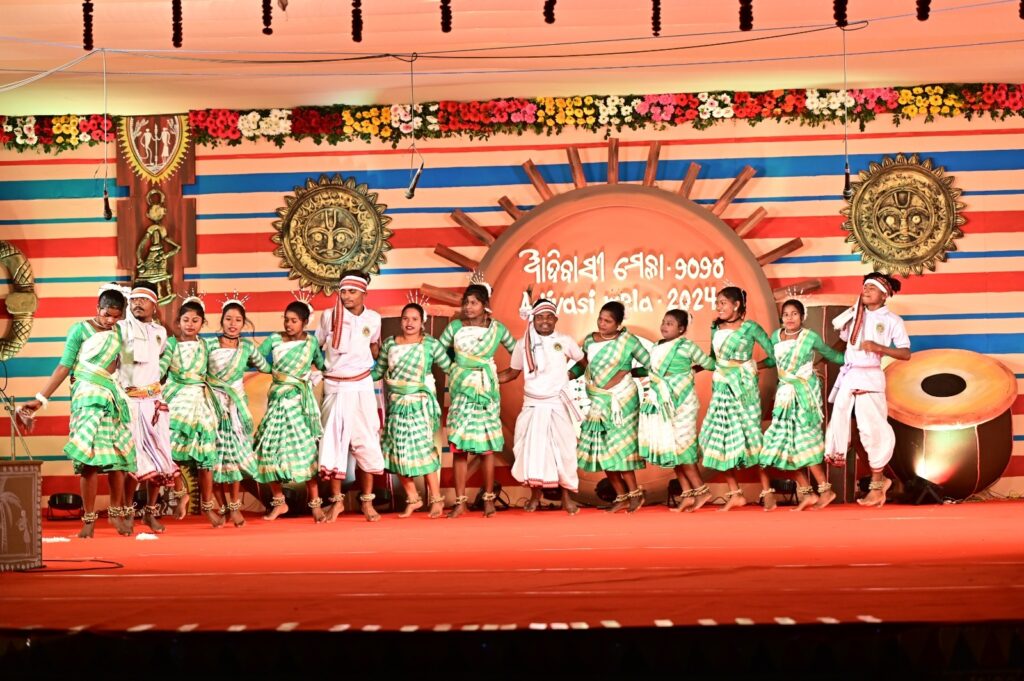
Besides, several departments and organizations, including Mission Shakti, ORMAS, Millet Mission and institutions like SCSTRTI, Academy of Tribal Languages and Culture (ATLC), Tribal Museum have actively participated in the fair.
What they say…
Kandhamal-based Dokra artist Rohit Mallick who makes brass figurines of gods and goddesses said, “Like every year, I have erected a stall at this mela. I have been eagerly waiting for the fair as it gives me a golden opportunity to earn quick buck. Thanks to the fair, my financial condition has been improved in some extent. As many as 100 families of our village have been pursuing the ancient Dokra metal craft to earn a living. I would like to thank the state government for organising such fair every year and doing good business.”
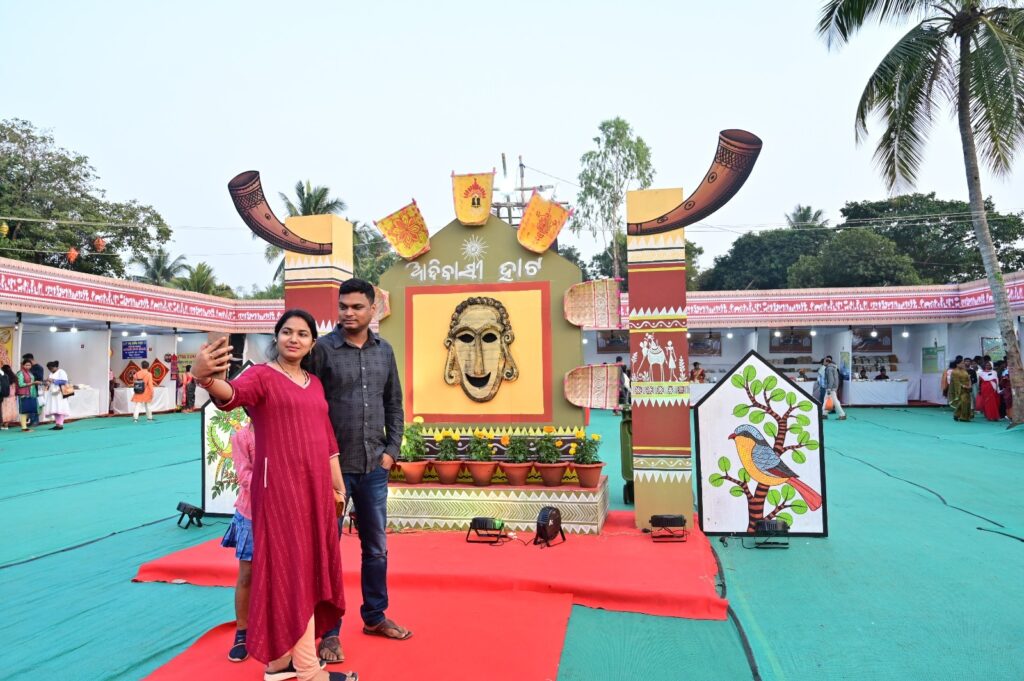
Kalyan Nayak, a visitor of Adivasi fair said, “I am a resident of Bhubaneswar. Every year, I wait for the Adivasi fair to buy spices, brooms and several unique products which are not usually found in city shops. This year, I got to see a special art and craft gallery put up by the organiser at the fair ground and I could not stop myself from buying a flower basket made of Sabai grass. We often opt for shopping malls to buy such crafts at hefty price. On the other hand, we can avail such crafts at cheaper rates at the Adivasi Fair. I must appreciate the Odisha government for organising such carnival and making us reach out to tribal artists. It is merely impossible on our part to visit them at tribal pockets and buy their products. Kudos to the state government, we are able to buy such crafts at cheaper price.”
Saraswati Nayak, another resident of Bhubaneswar, said, “I am a regular visitor to the Adivasi Mela. Though I reside in Bangalore, I make it a point to visit the fair every year. I was amazed to see model houses being constructed by people of different primitive tribal communities. These model houses give us clear idea about their lifestyle, process of cultivation, food, dress and cultural practices. I loved the makeshift house being erected by Soura tribal community. It gave me a real village feeling. I would like to request all the city dwellers to visit the fair and experience the tribal life.”
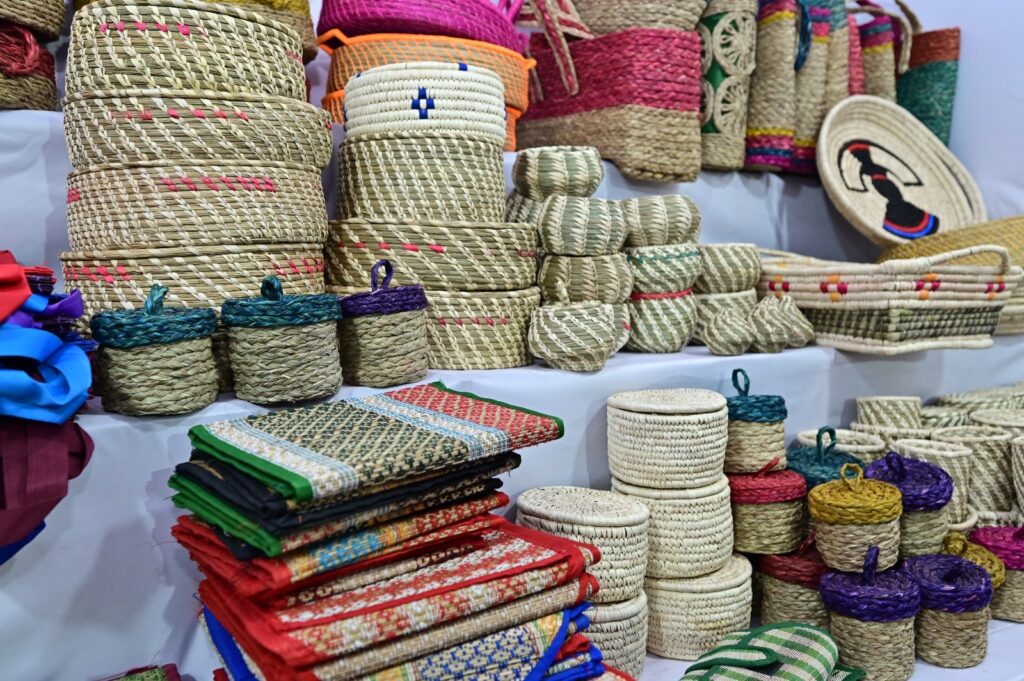
Shanti Dehuri who represents Khadia primitive tribal community said, “We have made the replicas of Khadia and Mankadia houses at the fair. Mankadia house which is made of Siali leaves has become centre of attraction. We rear goats and fishes for our livelihood. We love to participate in the fair because people from every walk of life are showing their interest to learn about our lifestyle and culture. I would like to extend my heartfelt thanks to the Odisha government for hosting this event every year.”
According to Koraput-based danseuse Sabita Bhoi, “I belong to Praja tribal community. I performed Kendiri dance along with my troupe at the fair and mesmerized audience. We are really glad we presented our lifestyle and culture in the form of dance before the audience. We earned not only accolades but also received awards for our dance performance.





























